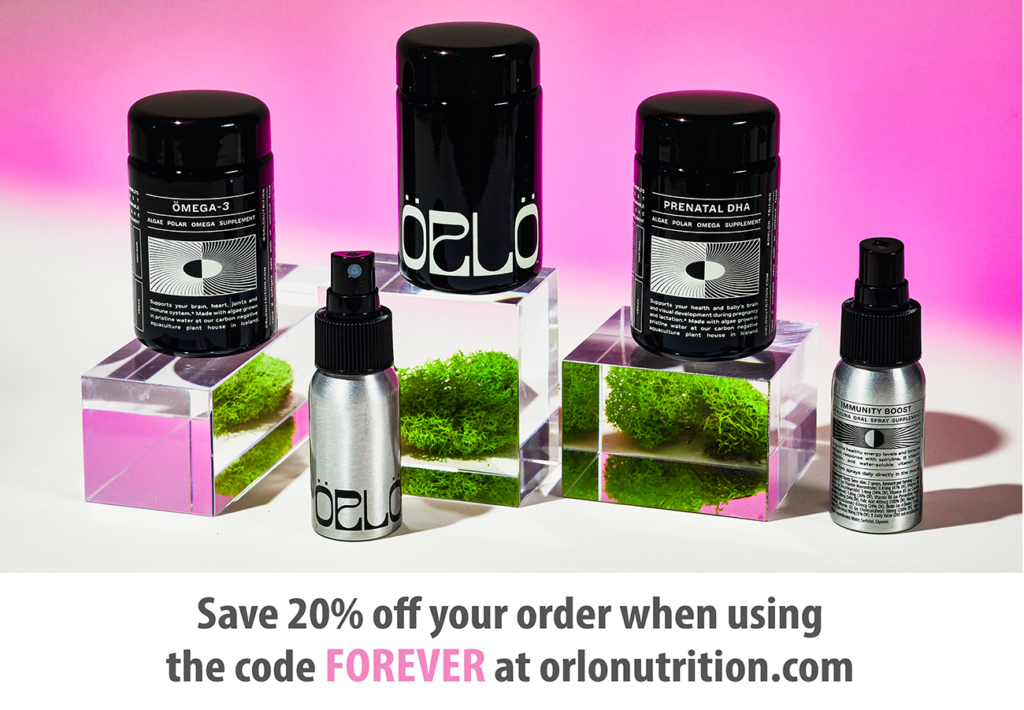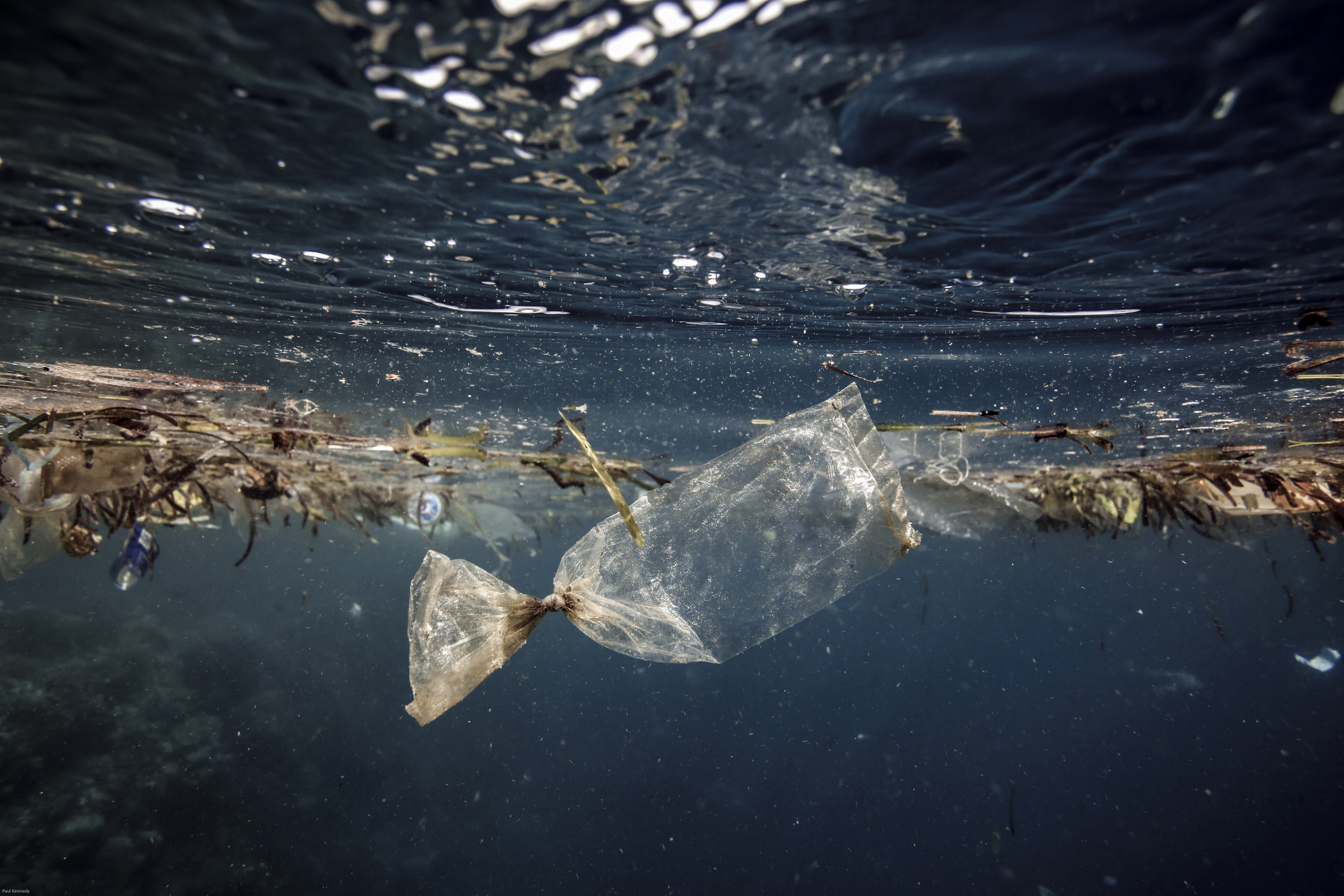For decades, concerns about the long term sustainability of commercial fishing practices have plagued the news. Oceans, lakes and rivers are polluted with toxic chemicals, heavy metals, pharmaceuticals, microplastics, and even nuclear waste. While this has made fish consumption increasingly problematic, there are thankfully new solutions that can nourish humanity without worry. In this article we will explore the future of nutrition, with bio-active nutrition sources from some of the oldest lifeforms on the planet – microalgae! The conversation focuses on four critical elements:
- The current state of overfishing
- Replacing the nutrition that fish provides
- Harnessing the power of the original life source
- Why selecting bio-active nutrition sources is so much better
Current state of overfishing
Overfishing is a serious environmental issue that poses a threat to the delicate balance of marine ecosystems. This occurs when fish populations in a particular area are harvested at a rate that exceeds their ability to reproduce and maintain their numbers. Using extractive practices of fishing can have disastrous effects on fish populations and their habitats, as well as on the livelihoods of people who depend on fishing for food and income. Fish makes up 17% of all the animal protein we consume, making fish a critical component of our food supply chain. and 90% of the world’s marine fish stocks are now fully exploited with 29% truly overfished (WeForum.org n.d.).

Image: Food and Agriculture Organization (FAO) of the United Nations.
When fish populations are fully exploited, their populations cannot weather potential issues, like warming oceans, intense algae blooms, or increasing ocean acidity, all of which impact them today. We even saw a 5,000 mile blob of seaweed wash ashore in Florida a few weeks ago, bringing with it a flesh-eating bacteria that negatively affects both the ocean and beach dwellers.
This means we see a decline in their populations and we lose biodiversity as a result – which can have far-reaching consequences for Earth’s entire ecosystem, shifting our blue planet into life-support mode. If Earth were on the equivalent of an EKG monitor, it would be sounding alarms.
Can limiting catches work?
While limiting seasonally allowed catch levels can help address this situation, the present approach isn’t working. This calls into question any of the sustainable fishing certifications offered to commercial fishing operations – from the Marine Stewardship Council and their “blue label” to Friends of The Sea. Ultimately, limiting catch in certain areas will not solve the global problem we confront.
Setting aside productive oceans so the planet can heal
Environmentalists resoundingly agree that we need to set aside 30% or more of our productive oceans so they can rest and recuperate. Going to the sea for a primary food source is therefore inherently problematic. We need a change.
The challenge of replacing fish as a nutrition source
More than 820 million people depend on fish for food, nutrition and income (FAO n.d.). We therefore need alternatives in place that can support a continually growing population with healthy nutrition sources that is both scalable, and which is affordable.
Thankfully, a number of healthy plant-sourced nutrition sources are on the rise. Over the last year alone we have seen vegan sashimi, vegan eggs, and seaweed veggie burgers enter the marketplace – to name just a few.
But even if our fish stocks are healthy, there’s still the problem of toxic load.
Our waterways have become polluted, through farmland runoff, rampant dumping in our oceans, and plastic pollution. In fact, it’s estimated that each of us consumes a credit card worth of plastic each week! Sadly, much of this comes from the fish we consume.
During pregnancy, women are cautioned NOT to consume fish that are high on the food chain like tuna and swordfish. This is because they could build up toxic levels of the neurodegenerative heavy metal, mercury – just by consuming fish the recommended two to three times a week. This should concern all of us – not just pregnant or nursing moms.
This is all the more reason for us to shift our habits away from commercial fishing and eating practices to something more responsible. For many years now we have had the capability to shift to algae omega-3s for our nutrition, but it was always a shade less good than fish oil. Thankfully, that has now changed. With Orlo’s Bio-Active Omega-3s in the polar lipid form, the EPA and DHA they provide are up to 3X more bioavailable than the same nutrients from fish oil. This is because the omegas are in the form your body utilizes them.
Cut out the middle fish – and go straight to algae!
Since fish bioaccumulate their nutrition from the microalgae they consume, and since advances in technology have enabled us to harness the complete nutrition power of algae, we can even cut out the fish altogether and begin sourcing micronutrients like vitamin B-12, and essential macronutrients like Bio-Active omega-3s and full spectrum essential amino acids (proteins) directly from algae!


